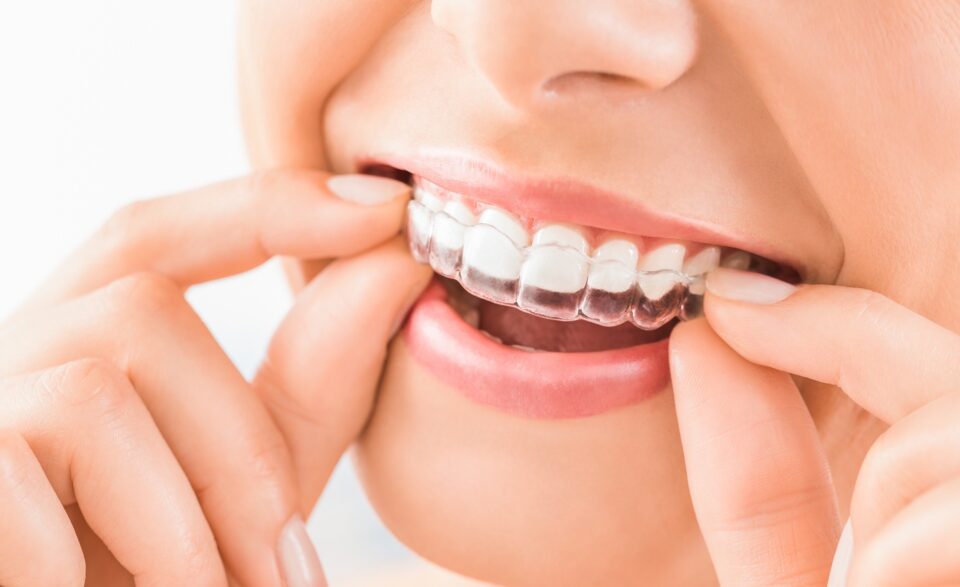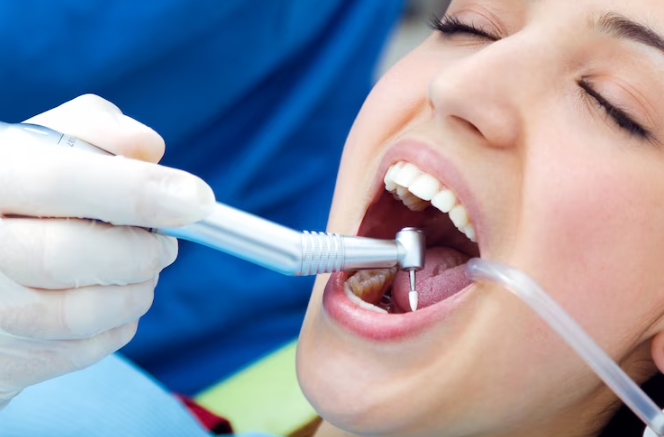In many cases, problems with the bite or the alignment of the teeth can be corrected using today’s advanced methods of dental and orthodontic treatment. Sometimes, however, skeletal and dental irregularities aren’t so easy to remedy, even with the most up-to-date non-surgical techniques. That’s when corrective jaw surgery (also called orthognathic surgery) may be recommended.
While it may sound like a complex and demanding treatment, jaw surgery isn’t always so serious. It’s often performed as a routine in-office procedure — for example, to extract impacted wisdom teeth (molars that don’t fully protrude through the gums), or to place dental implants in the jaw. However, it can also be used to remedy severe orthodontic problems involving the relationship between the teeth and jaws, including the correction of underbites (the most frequent surgical correction) and congenital abnormalities (birth defects) related to jaw development. It can even help alleviate sleep apnea, a potentially life-threatening condition.
Who Can Benefit From Jaw (Orthognathic) Surgery
People who have problems related to the jaws, tooth alignment and facial asymmetries, which create difficulties chewing, talking, sleeping, or carrying on routine activities, may benefit from having orthognathic (jaw) surgery. These procedures can also be used to correct aesthetic issues, such as a protruding jaw, a congenital defect, or an unbalanced facial appearance.
After a thorough examination, it can be determined if you’re a candidate for orthognathic surgery. In general, if orthodontic treatment can solve the problem, that’s where you will start. Yet, while orthodontics can successfully align the teeth, it’s sometimes the jaws themselves that need to be brought into line. In most cases, orthodontic appliances, such as braces and retainers, will be used before and after the surgical phase of treatment, to ensure that you end up with an effective — and aesthetically pleasing — result.
Conditions that can be successfully treated with corrective orthognathic surgery include the following:
- Open bite, protruding jaw or receding chin
- Congenital defects such as a cleft palate
- Malocclusions (bite problems) resulting from underbites or severe overbites
- Obstructive Sleep Apnea, when more conservative methods fail
- Difficulty swallowing, chewing, or biting food
- Chronic jaw or jaw joint (TMJ) pain and headache
- Unbalanced facial appearance from the front or side
- Inability to make the lips meet without straining
- Chronic mouth breathing and dry mouth
- Facial trauma
The Surgical Procedure
While every patient’s needs are different, it’s possible to outline some typical steps in the process. The first (and perhaps most important) component is consultation and planning among members of the dental team, including the restorative or general dentist, the orthodontist, and the oral surgeon. Your overall plan may involve orthodontic treatments along with surgical procedures. Using diagnostic images, 3-D models and advanced software, a step-by-step plan will be developed for the entire process. It’s even possible in many cases to show you a picture of what you’ll look like when your treatment is finished.
The surgery itself may occur in a hospital or an office setting, with the type of anesthesia that’s most appropriate for the procedure, and for your comfort. Because the actual surgery is generally performed inside the mouth, it often leaves no visible traces. After the procedure, minor pain and swelling can be controlled by over-the-counter or prescription pain medication. A soft or liquid diet may be recommended for a period of time following the procedure.
Following surgery, your condition will be closely monitored — as will your progress through each phase of the treatment plan. When it’s complete, you can enjoy the benefits of improved functionality and an enhanced appearance.
Orthognathic surgery, also known as corrective jaw surgery, aims to correct abnormalities of the jawbones in order to realign the jaws and teeth to improve overall function. This surgery can also improve the outside appearance of your face.
If you have problems with your jaw that cannot be corrected with orthodontic treatment alone, corrective jaw surgery may be considered. Your braces will be on before surgery and during recovery, until you are completely healed and proper alignment has occurred. To make sure you are getting the most out of your treatment, your orthodontist will work with your surgeon.
Corrective jaw surgery should only be performed when the jaw has completed its growth. This occurs around 14 to 16 years for females and 17 to 21 years for males.
What does corrective jaw surgery improve?
There are many benefits to corrective jaw surgery, including:
- Improved chewing and biting
- Correction of swallowing problems
- Improved speech
- Reduced wear and tear on teeth
- Correction of an open bite, where the molars don’t touch the front teeth
- Repaired facial imbalance, such as small chins, underbites, overbites, and crossbites
- Improved ability for lips to close completely and comfortably
- Relief of pain associated with temporomandibular joint (TMJ) disorder or other jaw problems
- Repaired facial injuries or birth defects
- Relief for obstructive sleep apnea
Where can jaw surgery be performed?
There are three sections a surgeon can work on:
- Upper jaw
- Receded or protruding upper jaw
- Crossbite
- Too much or too little of your teeth showing
- Open bite
- Facial growth of the middle of the face
- Lower jaw
- Receded lower jaw
- Protruding lower jaw
- Chin: Surgery of the chin can correct patients with a small chin. Small chins often accompany a severely receded lower jaw, which can cause many of the problems listed above. Typically, the altering of the jaw as well as restructure of the chin can be done in the same surgery.


